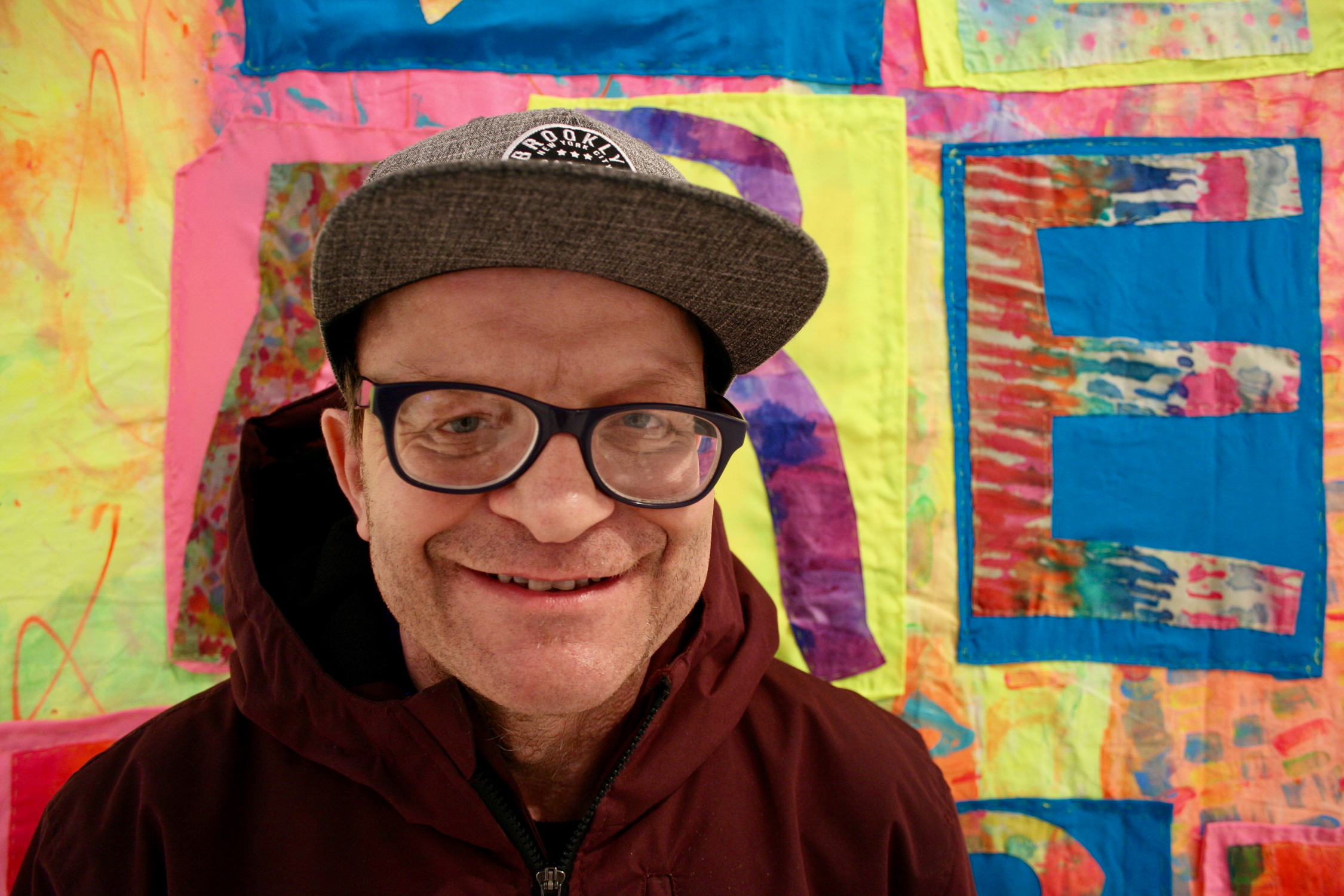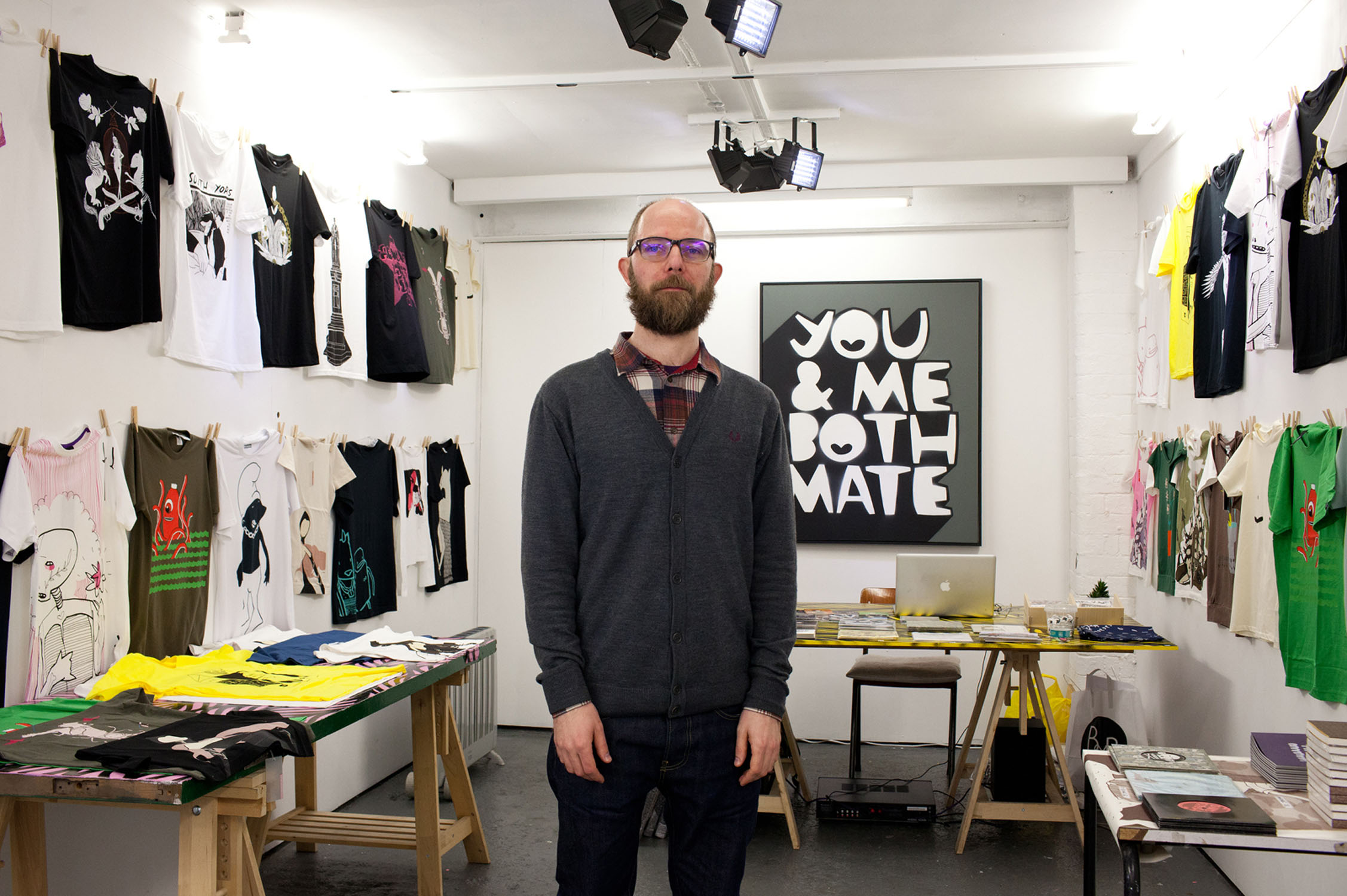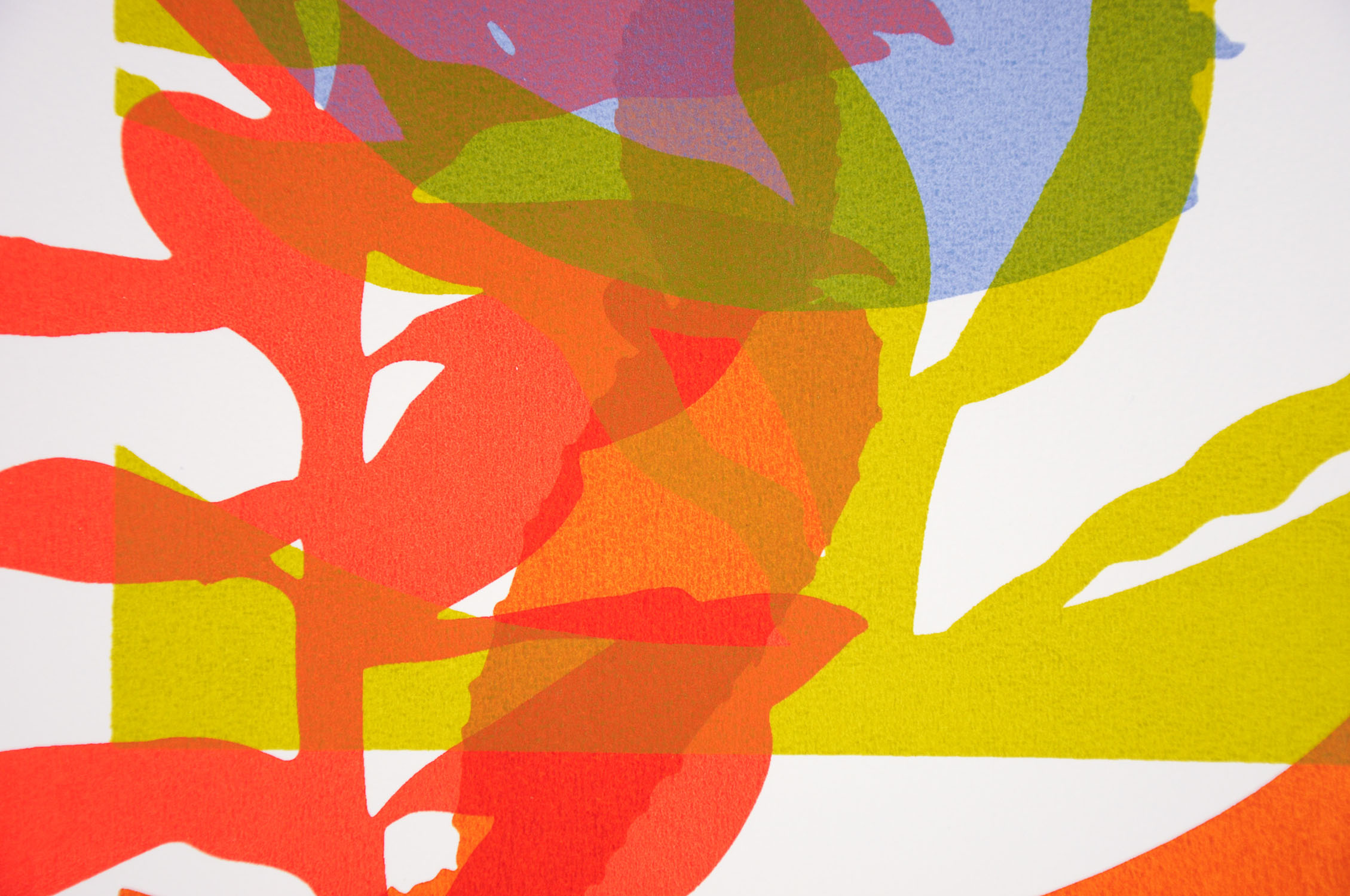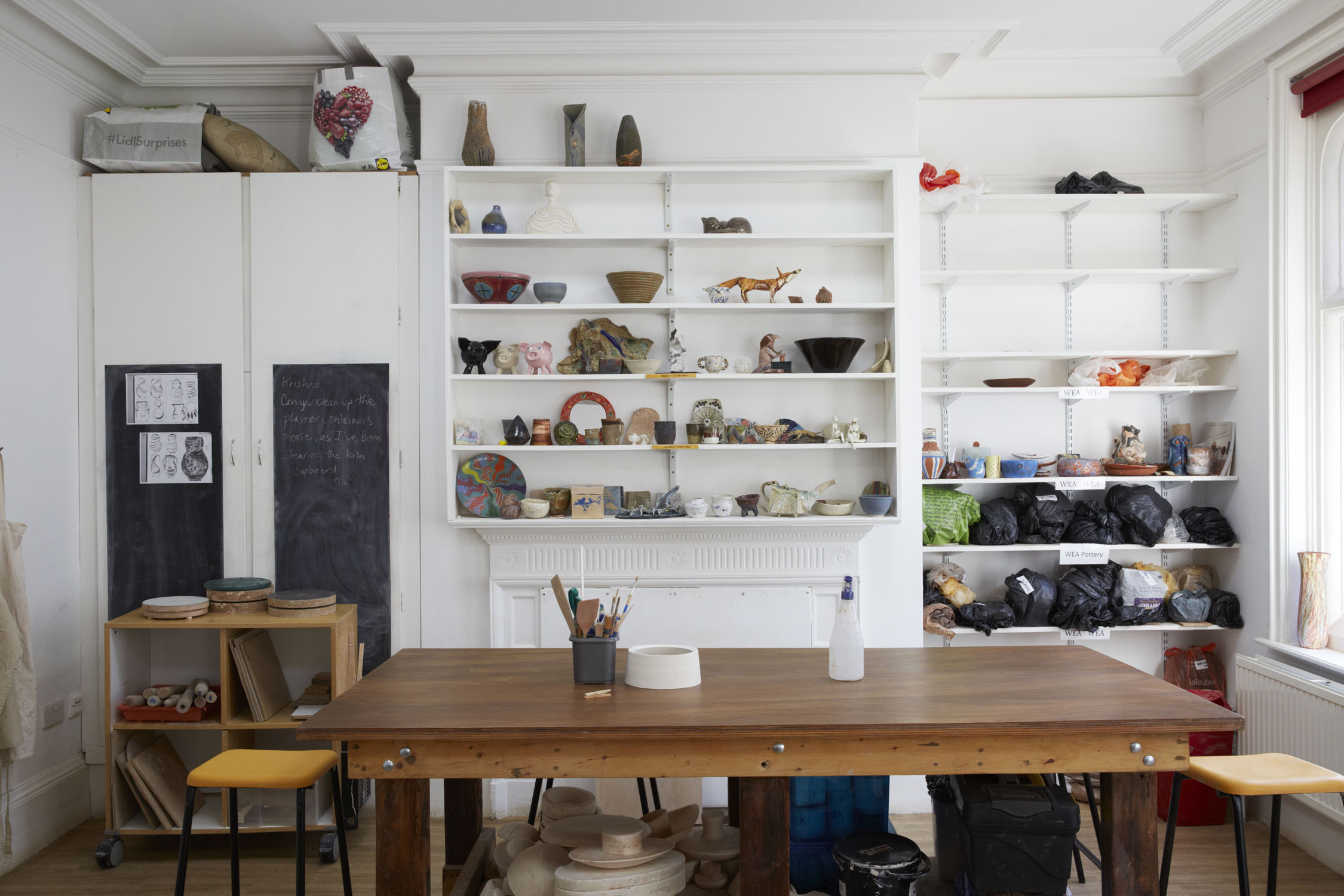Yorkshire has its fair share of globally celebrated homegrown artists. Barbara Hepworth, Henry Moore, David Hockney and Damien Hirst all spring to mind – but where is Sheffield on this list? The answer: John Hoyland (1934-2011), a Sheffield-born abstract painter who went on to achieve international acclaim in his lifetime, but is noticeably missing from art historical accounts of the period. The good news: in 2015 Hoyland was championed by Damien Hirst, who inaugurated his Newport Street Gallery in London with a solo retrospective of the artist, helping to put both Hoyland and Sheffield back on the international art map.
Hoyland began his artistic career studying at Sheffield College of Art, where the city’s post-war landscape came to have a marked impact on his work. Early figurative works combined street scenes of Sheffield with the stylistic influences of European modern painting. Art history was crucial to Hoyland and the art school’s proximity to the Graves Gallery meant that the city’s art collection became an important formative influence, a collection which now houses ten of his own works. He whimsically described evening wanderings with his friend and fellow student Brian Fielding to "the Green Cafe in Norfolk Street... [to] drink tea and discuss Art with a capital A" followed by walks "around the town, much of it still debris from the wartime bombing... We talked of our heroes, Van Gogh, Chagall, Rouault etc, and as we walked we would see Van Gogh’s ‘starry night’... at every corner".
Moving to London to study at the Royal Academy of Arts marked both the start of Hoyland’s international career and his abandonment of figuration, owing much to the work of the American abstract expressionists. A year after finishing art school he became the youngest artist selected for the radical Situation exhibitions, followed by inclusion in the influential New Generation exhibition at Whitechapel Gallery. This was followed by trips to America to meet painters including Mark Rothko and Barnett Newman, and representation with sculptor Anthony Caro at the 1969 São Paulo Biennale.
Hoyland’s works are odes to poetry. Likening painting to discovering "a forest with snow falling, and then suddenly, unexpectedly [coming] upon an open glade with sunlight penetrating the falling snow", it is hardly surprising that he has been termed the "English Rothko". However his works are also testimony to the scale of his ambition; larger than any works produced by his British abstract contemporaries, his paintings speak of defiance, of the working class Sheffield-born artist who took on both London and the international art world.
Famously, Hirst first encountered the work of Hoyland in Leeds Art Gallery, his own hometown, adding further emphasis to the northern connection between the two artists. For the 2015 exhibition, Hoyland’s awe-inspiring twelve foot paintings filled the lofty gallery spaces converted from Hirst’s original painting studios. Immersive, colour-saturated canvases invited the viewer to stop and simply exist with the work, recalling Hoyland’s assertion that "paintings are there to be experienced... to be meditated on and to be enjoyed by the senses; to be felt through the eye." The exhibition’s title, Power Stations, suggested a possible enduring northern influence on the work. Though always non-referential – Hoyland disliked the term "abstract" – the works in the exhibition were characterised by quasi-geometric, rectangular forms suspended over dramatic stains of colour that recede behind, offering a clear architectural resonance.
Championing Hoyland in a climate of increasing financial straits within the arts outside London, Hirst, himself originally a painter, offered a vital reminder of the role of painting in the north of England. In 2021, Sheffield's Millennium Gallery also hosted a Hoyland exhibition, John Hoyland: The Last Paintings, to mark the tenth anniversary of the artist’s death. Sheffield continues to embrace homegrown abstraction, with new exhibitions of Hoyland's paintings and rarely seen sculptures coming to Millennium Gallery in spring 2025.
- Words by
- Clare Nadal







